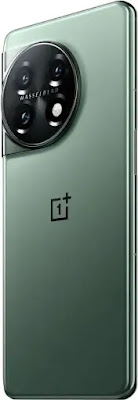To get a new phone, you can follow these steps:
Choose the type of phone you want: Consider what type of phone you want, such as an iPhone or an Android phone, and which model and features are important to you.
Choose a carrier: Decide which carrier you want to use for your new phone. Consider factors such as coverage, plan options, and pricing.
Decide on a payment method: You can buy a new phone outright and pay the full price upfront, or you can choose a payment plan and pay for the phone in installments over a set period of time.
Shop around: Look for deals and promotions from various phone retailers, carriers, and online marketplaces to find the best price for the phone you want.
Purchase the phone: Once you have found the phone you want and have decided on the payment method, you can purchase the phone either online or in-store.
Activate the phone: Once you have received your new phone, you will need to activate it with your carrier. Follow the instructions provided by your carrier to activate your new phone.
Remember to transfer your contacts, photos, and other important data from your old phone to your new phone. You can do this by backing up your data to the cloud or using a transfer app or cable.
To get a new phone for free you can follow these steps:
It is not always possible to get a new phone for free, but there are a few options you can consider:
Check with your carrier: Some carriers offer promotions or deals that allow you to get a new phone for free when you sign up for a new contract or switch to a new plan. Contact your carrier to find out if they are currently offering any such promotions.
Look for trade-in offers: Some phone manufacturers and retailers offer trade-in programs where you can exchange your old phone for a new one at a discounted price or even for free. Check with the manufacturer or retailer of the phone you are interested in to see if they have any trade-in offers available.
Enter giveaways and contests: Keep an eye out for giveaways and contests run by phone manufacturers, carriers, and retailers. You can often find these on social media platforms or their official websites. Enter these contests to try your luck at winning a new phone for free.
Check with non-profit organizations: Some non-profit organizations offer free phones to individuals who are in need, such as low-income families, senior citizens, or people with disabilities. Check with non-profit organizations in your area to see if they have any such programs available.
Remember that while it is possible to get a new phone for free, it may require some effort and research on your part. Be sure to read the terms and conditions of any promotions or trade-in offers carefully to ensure that you understand the terms of the offer.



